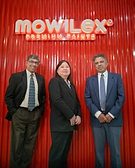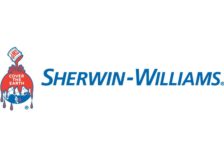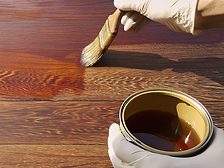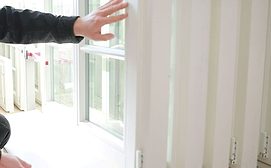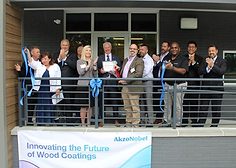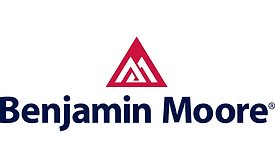Home » wood coatings
Articles Tagged with ''wood coatings''
UV-Curable Coatings: Top Trends to Look Out for in 2023
Top Trends to Look Out for in 2023
Read More
Keep the info flowing with our eNewsletters!
Get the latest industry updates tailored your way.
JOIN TODAY!Copyright ©2024. All Rights Reserved BNP Media.
Design, CMS, Hosting & Web Development :: ePublishing


